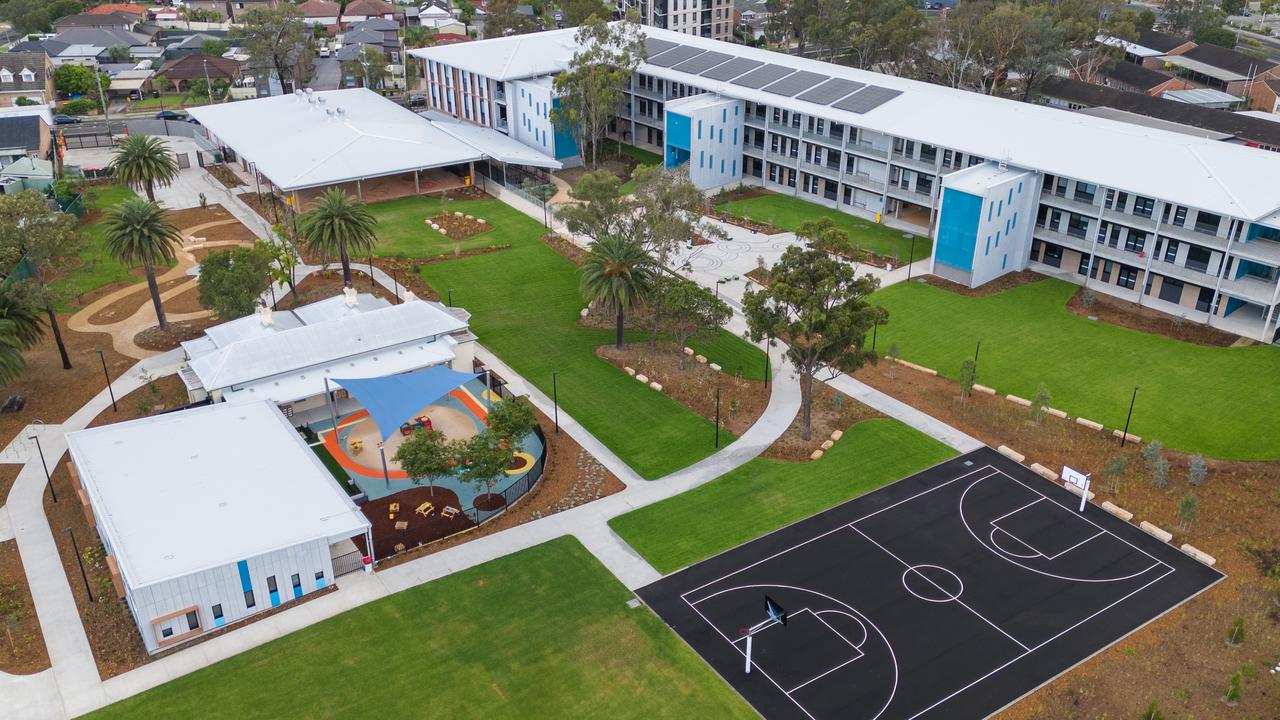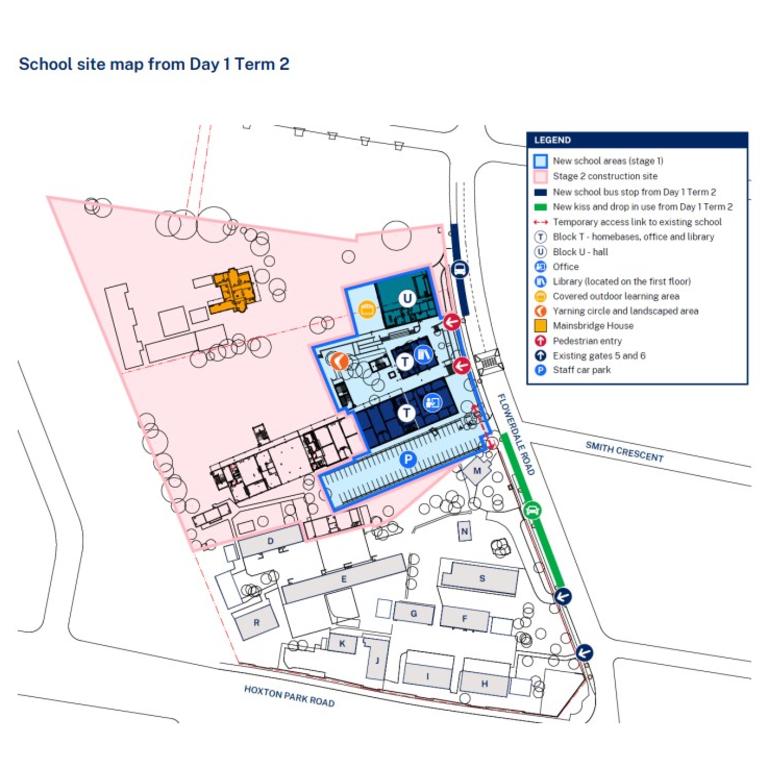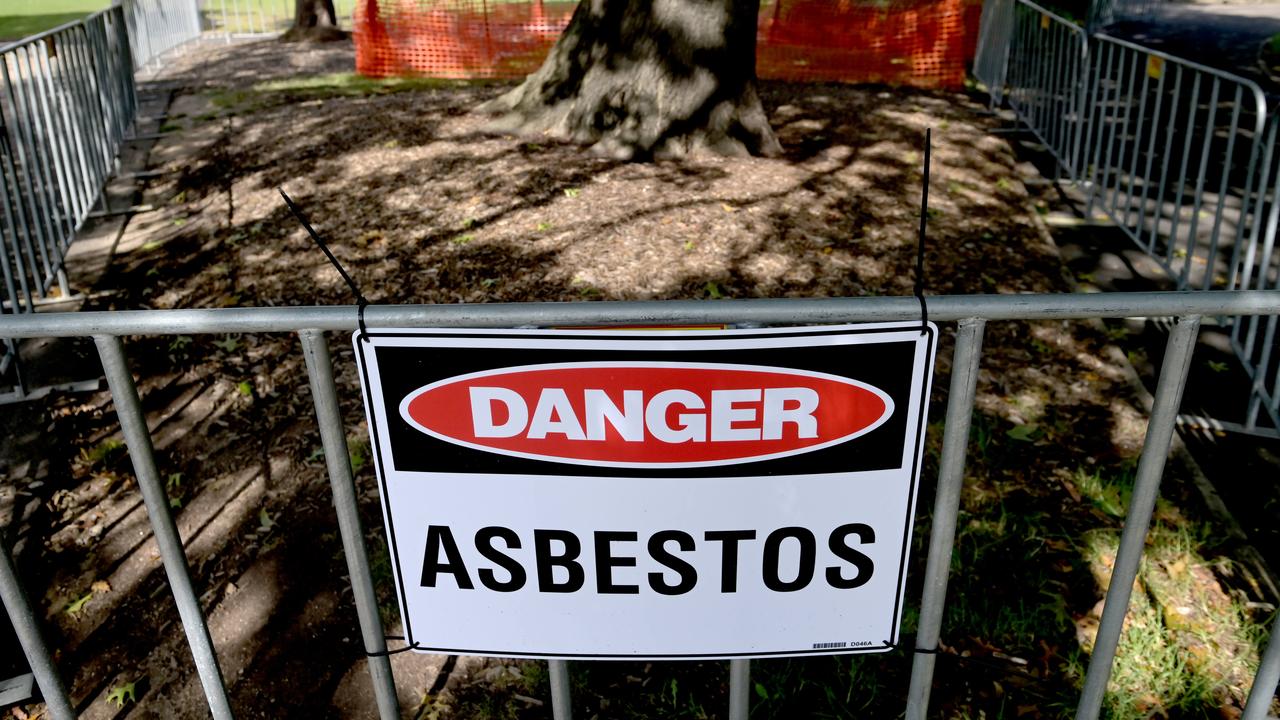No timeline for Liverpool West Public School after asbestos mulch used instead of soil
Students at a Sydney school have been left in limbo after a large amount of asbestos-contaminated mulch was incorrectly used in garden beds.
Remediation at a Sydney school which has been riddled with asbestos-contaminated mulch could take “a number of weeks,” as specialists rush to ensure no contamination has spread into the soil.
On February 11, the NSW Environment Protection Authority (EPA) confirmed the presence of bonded mulch at Liverpool West Public School in Sydney’s west, with more than 600 students moved to Gilyangarri Public School.
Appearing at budget estimates on Tuesday, the NSW Education Minister Prue Car said the site required a larger operation after it was revealed the contractor incorrectly used the mulch in the garden beds, in place of soil.

“We couldn’t remove the amount of mulch that needed to be removed. Because there was no soil it was used as fill which goes against what should be done,” she said.
“So it takes a number of weeks.”
Ms Car said as it stands, she could not say when the project would be finished, however it could take “number of weeks” before students are allowed back on the site.
NSW Department of Education secretary Murat Dizdar said while initial advice said removal of the asbestos would take just two days, the timeline was significantly extended.
Currently about 90 per cent of the mulch has been removed.
Questions were also posed about whether the roughly 1000 tonnes of mulch had contaminated the surrounding soil, with Mr Dizdar adding that there was “more than mulch being removed at the school site”.

Mr Towers said testing would involve in-ground testing and air-monitoring to ensure the “environment is not affected by the fragments”.
“The volume of material taken out probably includes more than just mulch to ensure there’s no cross contamination of the soil from the mulch,” he said.
Ms Car maintained that the government will continue to investigate whether there was a breach in contractual obligations undertaken by the contractor.
“We all agree with each other they there may have been a serious break in contractual arrangements and the department, upon my request, will ensure that all contractual obligations have been met, and there are penalties if there needs to be penalties,” she said.
Government quizzed on school’s previous mulch scare
Questions have also been raised as to whether a previous asbestos remediation project dating back to last year is impacting current works.
A works notification issued by School Infrastructure NSW in April 2023 said “prior investigations” had confirmed asbestos containing materials had been located within Mainsbridge House, with the remediation concluding in May.
The notification said the area would be inspected following the removal of the asbestos, and that general construction in the area would only begin after the contractor receives a clearance certificate.

During estimates, Nationals MP Sarah Mitchell however questioned whether it was possible the current asbestos scare “has actually come from the construction work”.
Mr Dizdar said the current removal of asbestos mulch had “nothing” to do with the previous work zones which were cleared.
“This specifically relates to garden beds throughout the school, which are quite extensive in play areas, in walkways, between buildings,” he said.
Ms Car said she was unaware there had been previous works to remove asbestos from the school, however she believed the “removal of that building in question was done safely”.
Traces of asbestos-contaminated mulch have been found at four additional schools so far. including Allambie Heights Public School, Domremy College, Liverpool West Public School, Penrith Christian School, and St Luke’s Catholic College.
On Tuesday, both friable and bonded asbestos were found in six more sites, including a friable fragment attached to “part of a material at the back of a tile” at Bicentennial Park 1 in Glebe.
Bonded asbestos was also found at North Rosebery Park, a private aged care facility in St Ives, an industrial area in Rouse Hill, a not publicly accessible private site, and at the Mary Mackillop Cathoic Parish in Oran Park.
Friable asbestos is the more dangerous form of the substance as the fibres are not contained and can become airborne.

NSW Health’s executive director of Health Protection NSW Dr Jeremy McAnulty said the discoveries posed a “low risk” to public health.
“At this point, thankfully, the results indicate that the risk is low but we’ll be continueing to examine this information as it comes through,” he said.
NSW Environmental Protection Agency chief Tony Chappel said it had contacted the “vast majority” of businesses and sites where the mulch has been used, and said testing would be completed “as soon as possible”.
“I’m confident we will get to a rigorous conclusion soon and that that will be as soon as we possibly can,” he said.
In relation to schools, Mr Chappel said he did not believe there should be an audit of all sites which have used recycled mulch.
“We haven’t seen anything to date that would warrant advice of that,” he said.



